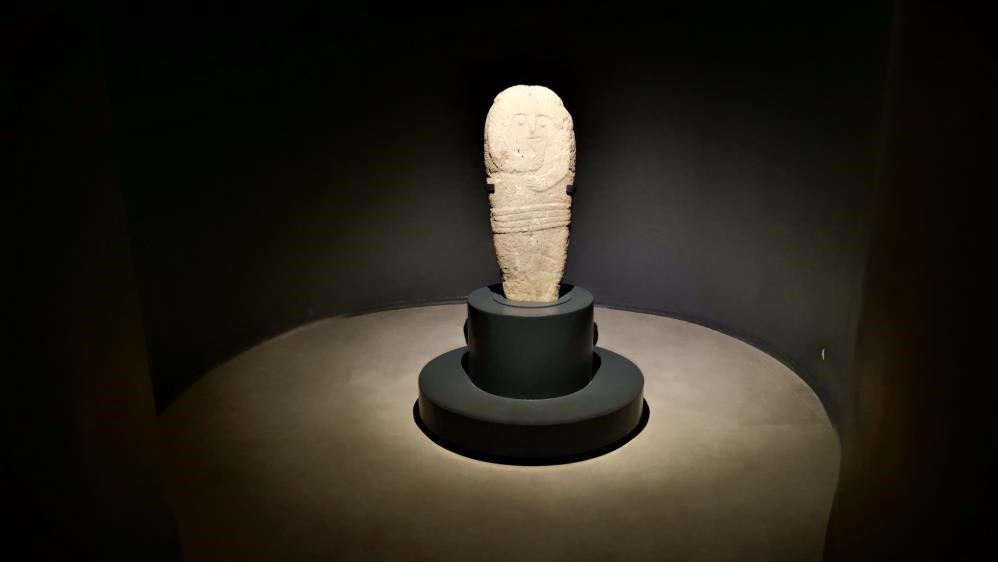
2,500 Years Old “Stone Father” Statue Exhibited in Erzurum Museum
One of the most striking artifacts in the Erzurum Museum is the 2,500-year-old “Stone Father” statue, which captivates all who see it. Discovered in 2020 in the Ormanlı neighborhood of Şenkaya district in Erzurum, this unique piece carries the traces of the Kipchak Turks.
The Story of the Discovery:
Aytaç Alver, a farmer in the neighborhood, noticed a statue with motifs while grazing his animals among the grass. Thinking that the statue was made of a valuable stone, Alver reported the situation to the Museum Directorate officials. After examinations, it was determined that the statue was a 2,500-year-old “Stone Father” statue from the era of the Kipchak Turks.

The Mystery of the Stone Fathers:
These statues, known as “Stone Fathers,” have been used as tombstones for thousands of years. In the steppe culture, human-shaped statues were erected in burial mounds called “kurgans,” especially for nobles, representing the deceased. These statues are commonly referred to as “Stone Fathers.”
The Unique Artifact in Erzurum Museum:
The “Stone Father” statue displayed in the Erzurum Museum is an impressive piece, holding a bowl in one hand and featuring four sequential belts at its waist. Thanks to meticulous restoration and conservation efforts carried out after its discovery, the statue has regained its original splendor. The facial features, hands, and the ornate motifs on the belt shed light on the statue’s 2,500-year history.
Measuring 1 meter and 23 centimeters in height and 47 centimeters in width, the “Stone Father” statue is considered one of the rarest artifacts in the Erzurum Museum and Türkiye. Museum visitors have the opportunity to see this unique piece up close.
The Erzurum Museum hosts many historical artifacts like the “Stone Father,” offering visitors a chance to connect with the past. The museum serves as an important stop for those wishing to explore the rich history of Erzurum and Anatolia.
You may also like
- Ancient Assyrian Tablets: Science Uncovers 7th Century Writing Techniques
- The Mysterious Goddess of Levent Valley: 2800-Year-Old Hittite Goddess Figurine
- Discovery in Romania Reshapes History of Ancient Dacian Presence
- New Study: Climate Change May Have Played a Role in the Fall of the Roman Empire
- The Dazzling Treasure of Kibyra: The Medusa Mosaic Reopens to Visitors
- Stunning 2,500-Year-Old Settlement Discovered in North Macedonia
- The 2000-Year-Old Anisa Tablet Found in Kültepe Shows That Greek Was Spoken in Anatolia at That Time
- Revealing the Hidden Voices: How Digital Tools Uncover the Art of Excerpting in Syriac Manuscripts
- Scientists Claim Ancient Cymbals Found in Oman Prove Bronze Age Social and Cultural Interactions
- Roman Settlement Discovered in Delbrück-Bentfeld, Germania
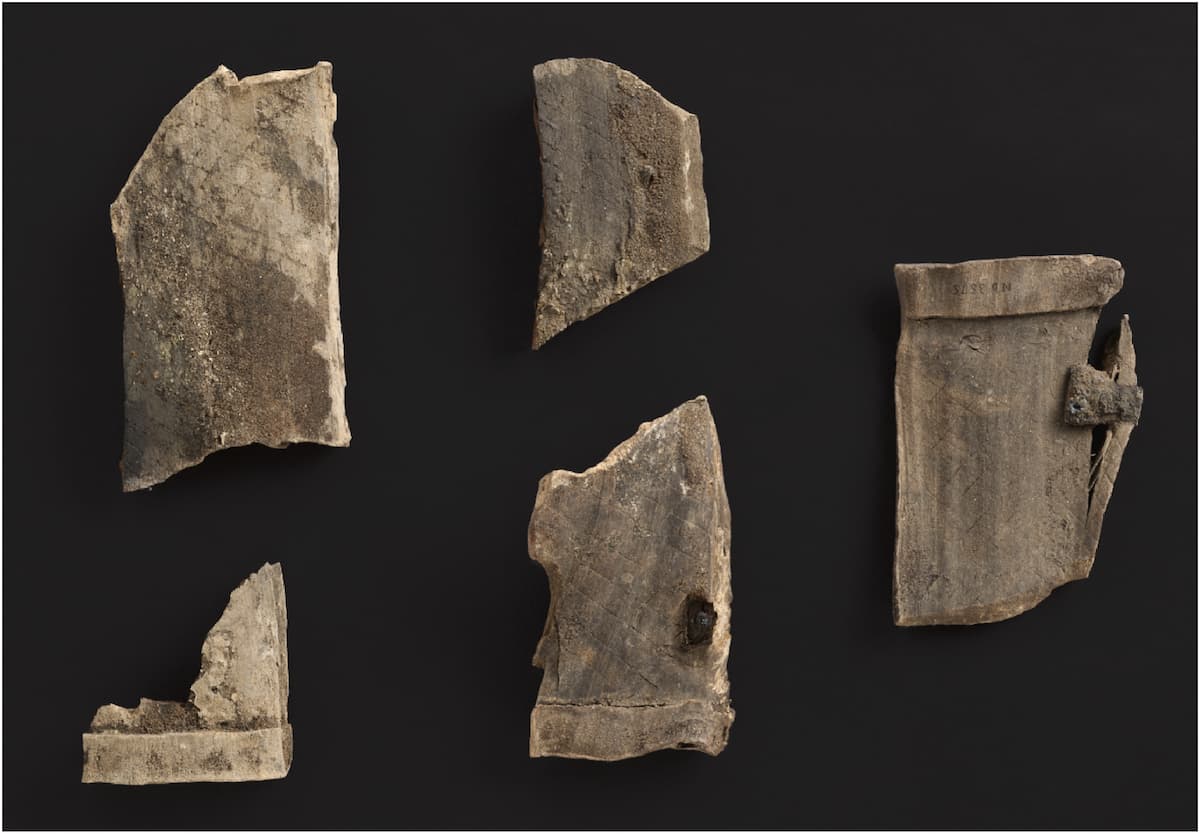
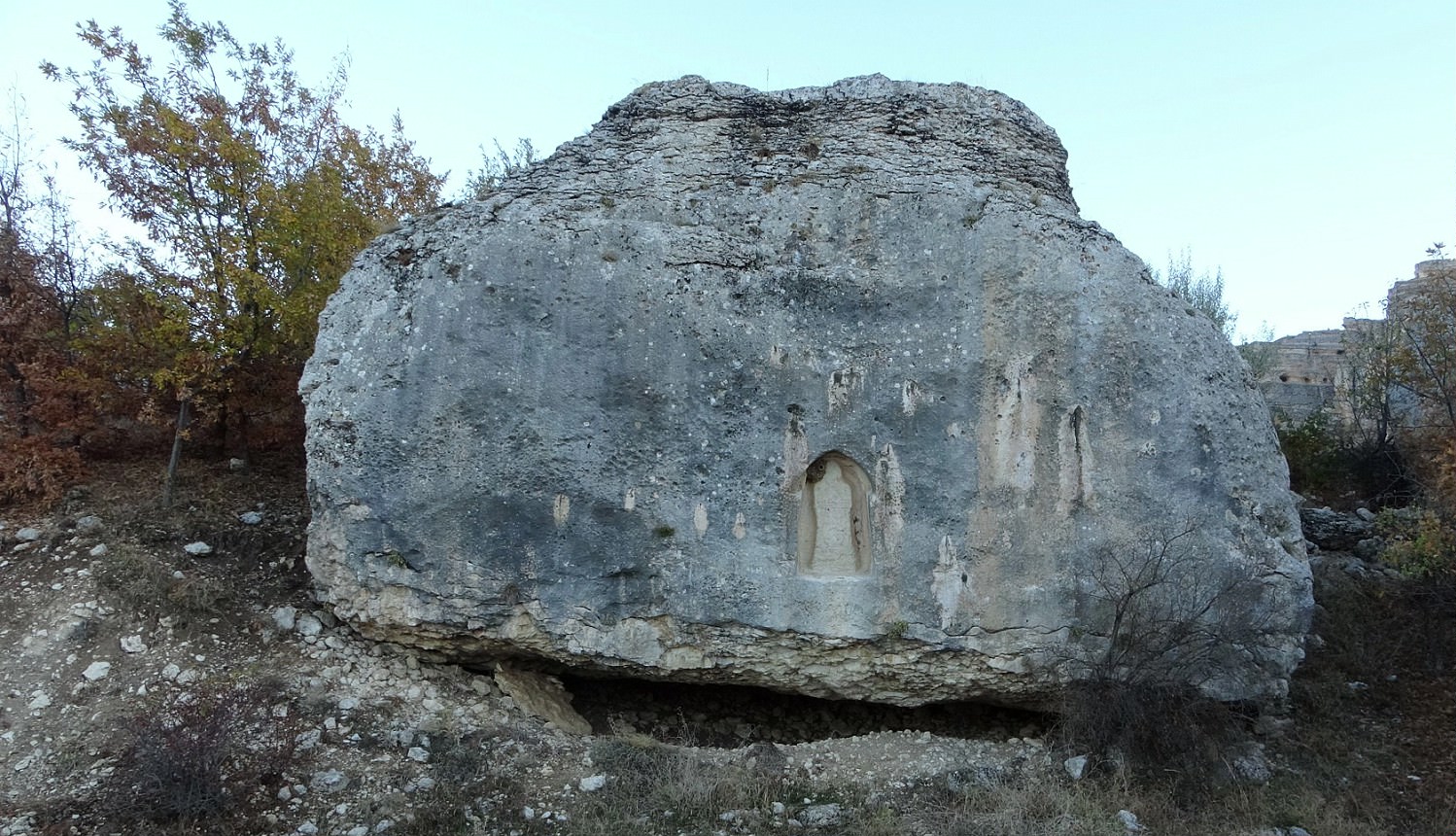
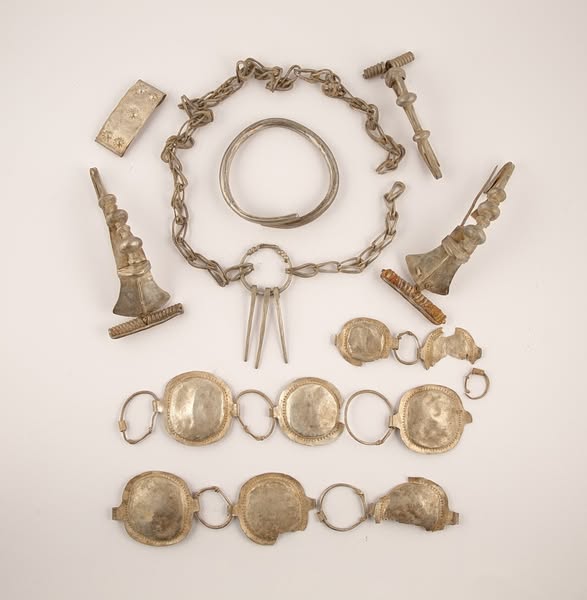

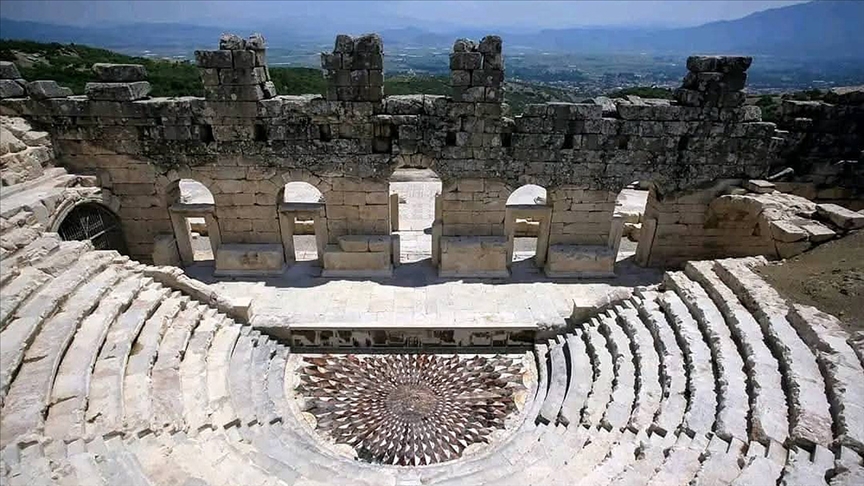
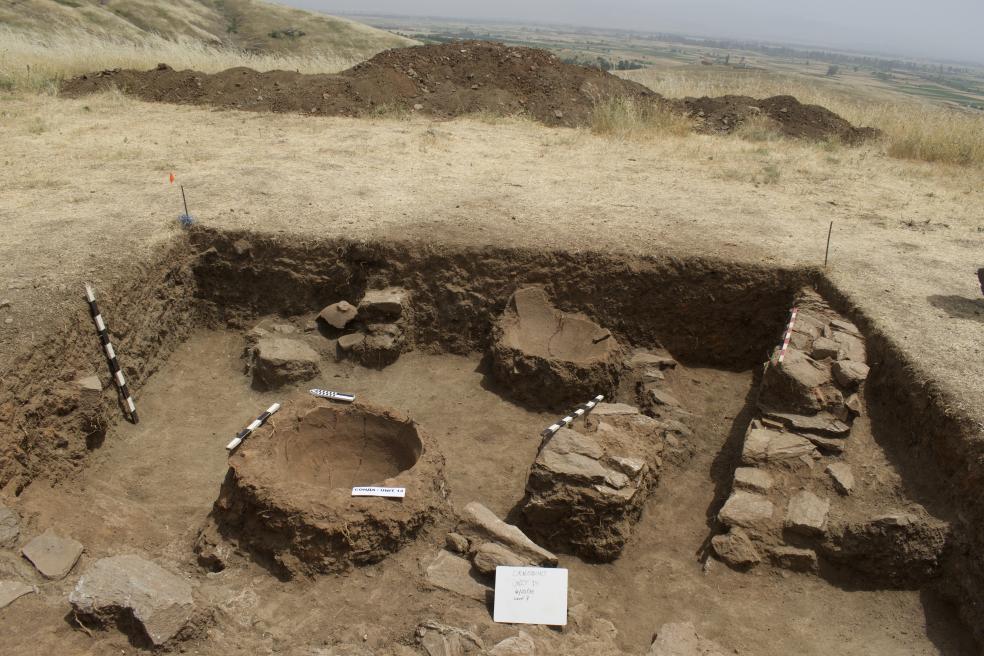
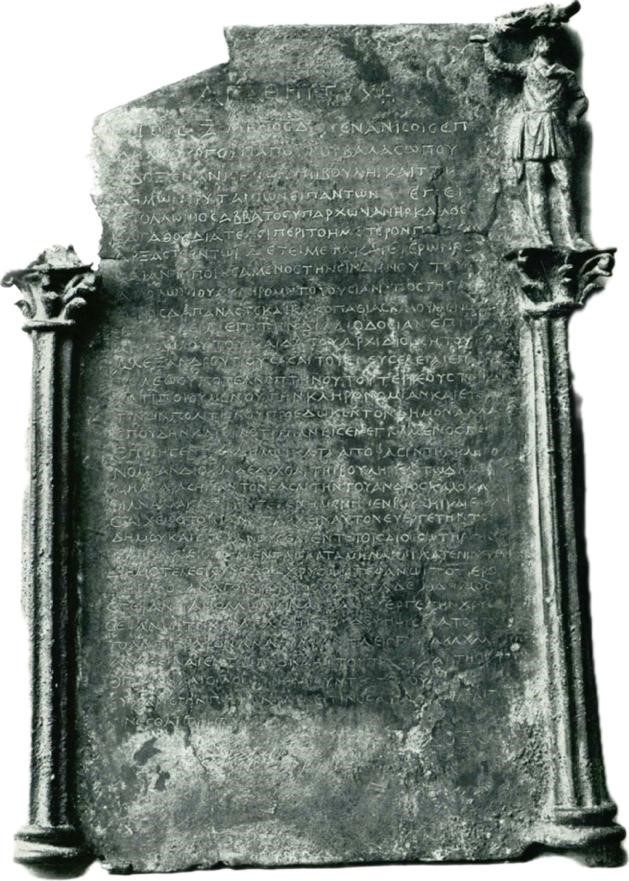
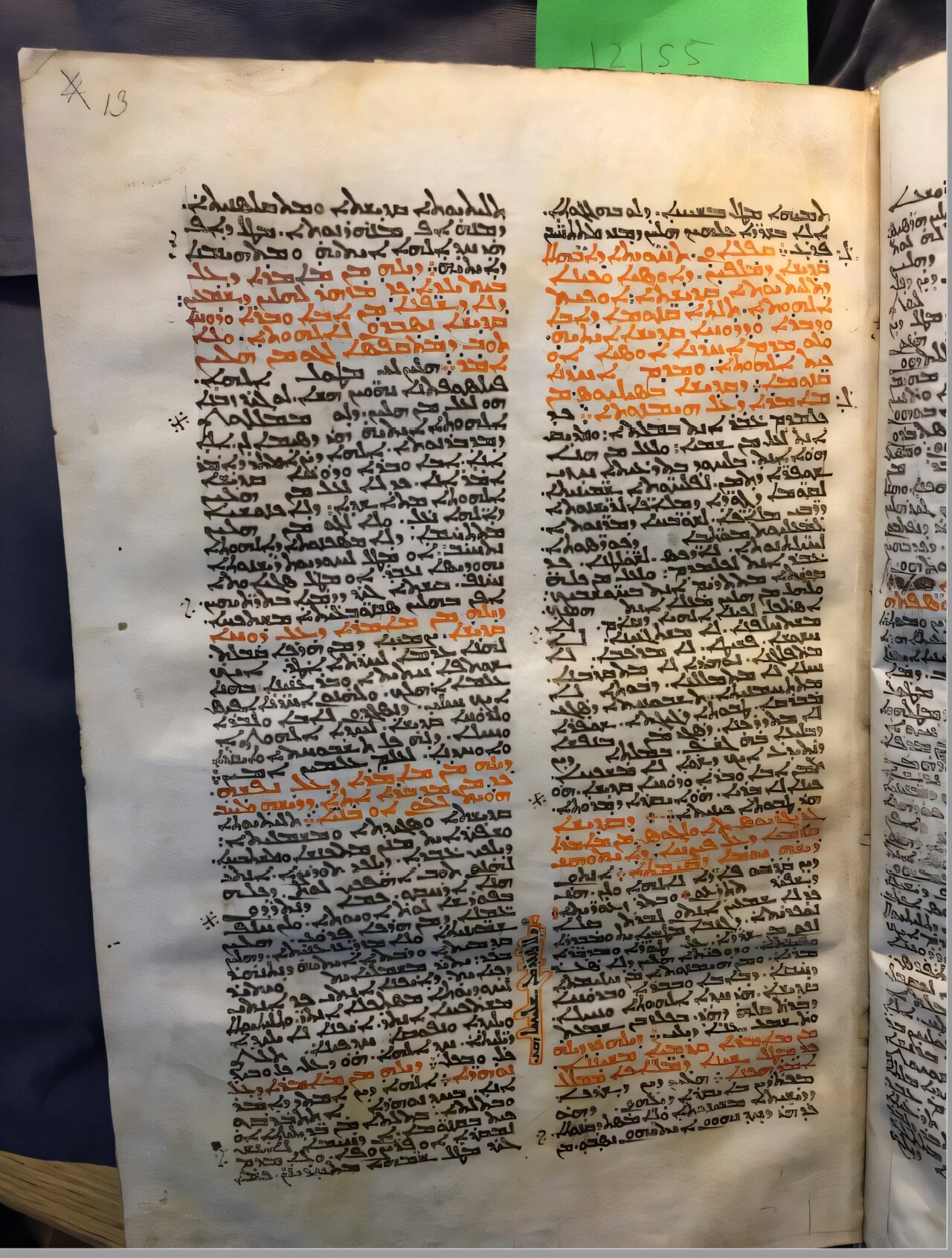
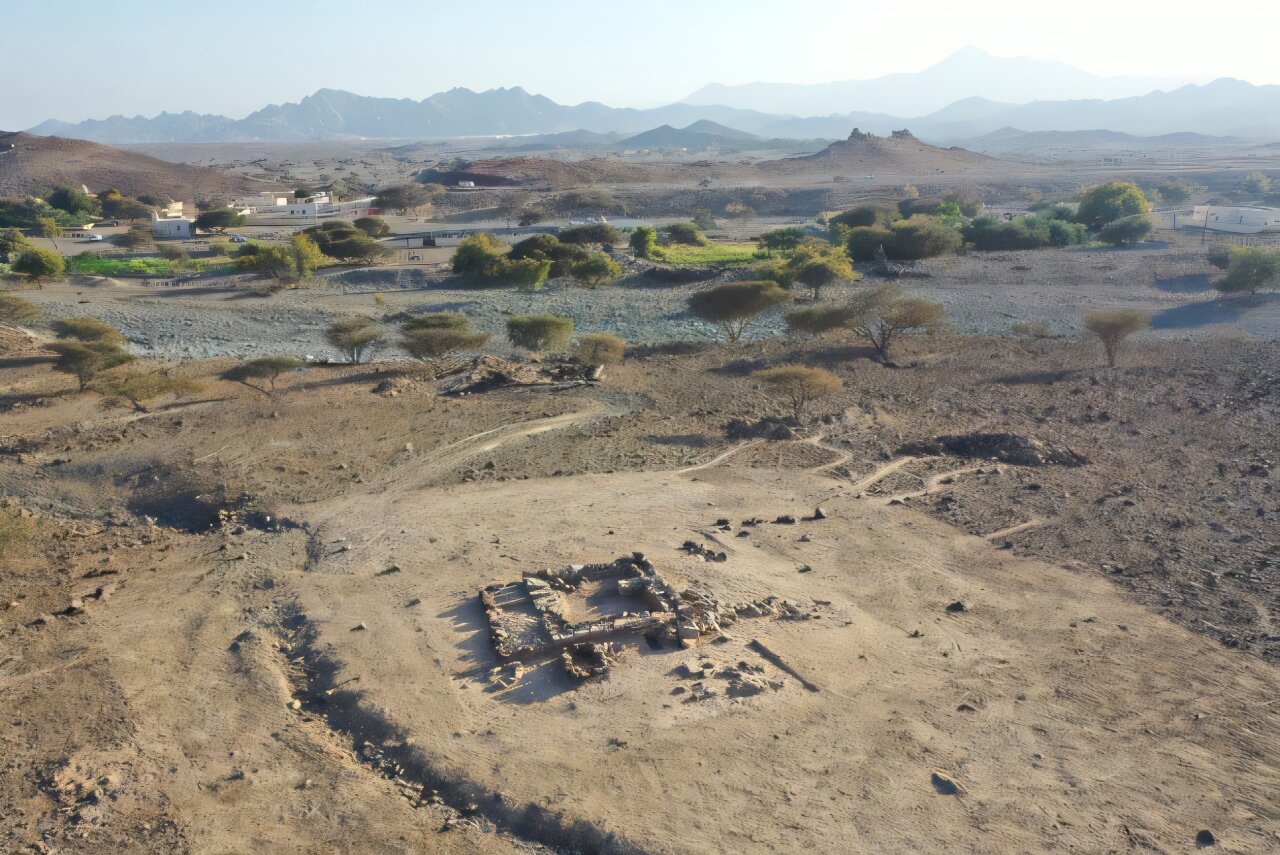
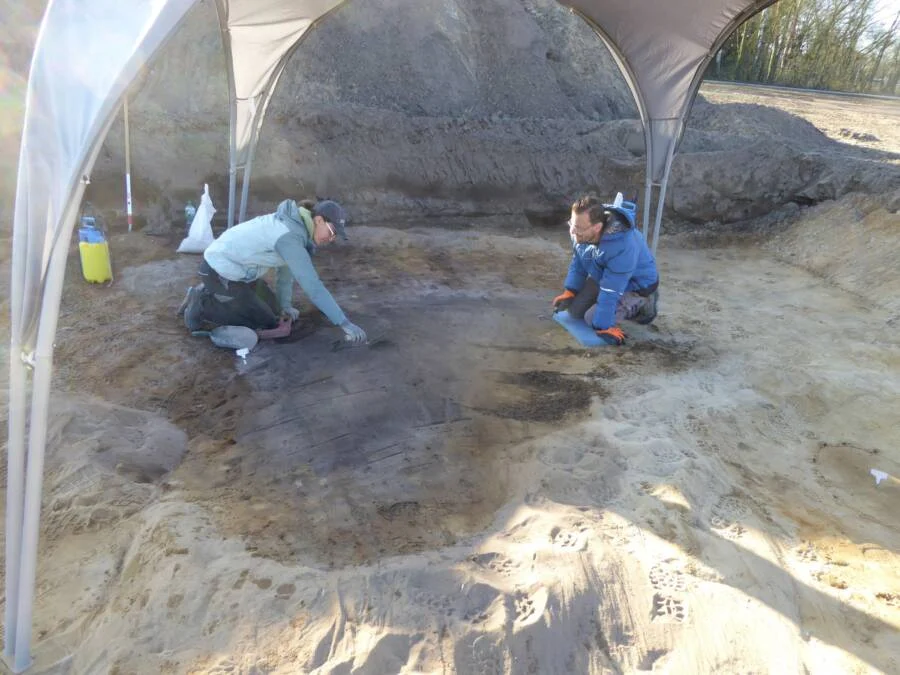
Leave a Reply